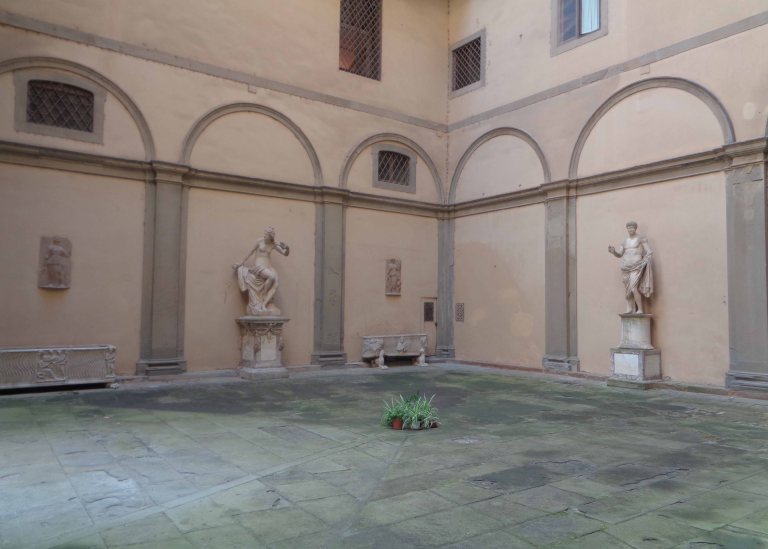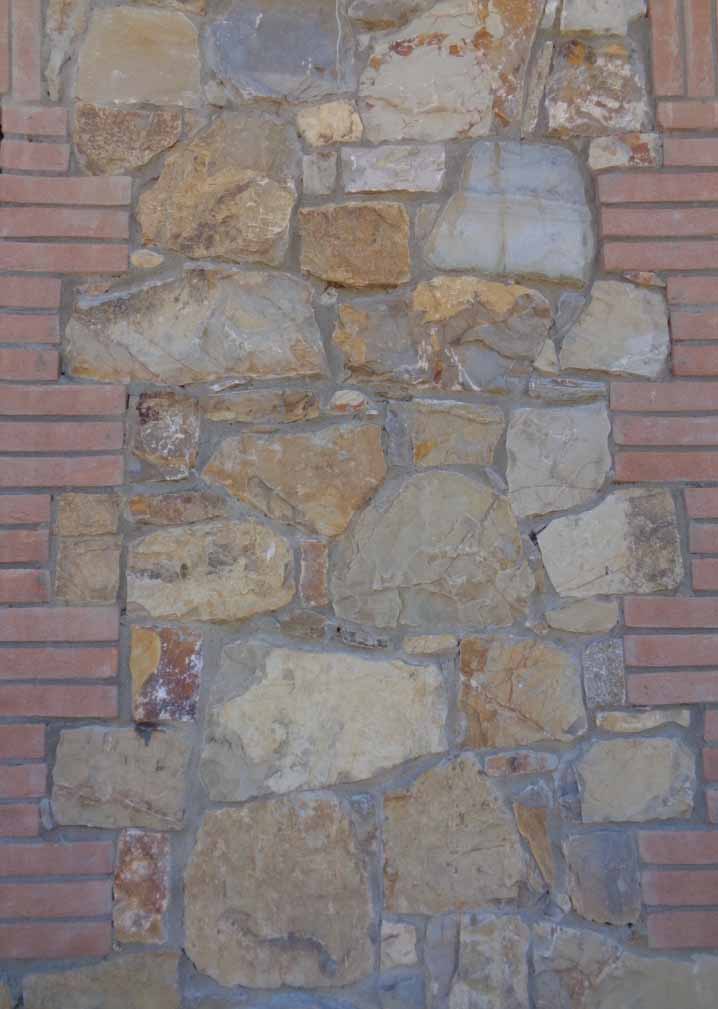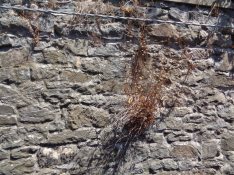A DESIGNER’S VIEW OF FLORENCE

Since the middle ages, Florence has been an important Center of Art & Commerce. Considered the birthplace of the Renaissance, the city is a living museum that breathes life into the historical figures, places & events that have resided there through the centuries.
As a textile artist and designer, I have a number of themes or ideas to which I gravitate when I travel. These include historic textiles, images of perspective, surfaces, & patterns. I also study displays of store windows for clues into the contemporary trends specific to the region.
All these ideas overlap of course. but each in itself are concepts that consistently grab me; offering visual food for contemplation & exploration in my art & design work.
STORE WINDOWS
While Florence is well known for its history, there also exists a thriving contemporary fashion scene and is home for both the Gucci & Ferragamo museums. With cities like Milan & Como as international centers for fashion & textiles, stores throughout Italy showcase the world renowned designs for which the region is famous. For a designer, store windows offer much more than simply displays of merchandise. They also indicate current trends, offer narratives about cultural traditions and history, and provide inspiration for design development. In my own studio practice, they function as a conduit for translating inspiration into specific realizations of my ideas.
I was drawn to the charm and whimsy of these characters & can easily see them in a printed textile design.
This window presents a pattern of shapes of and colors that could be directly translated into a printed, knitted or woven design.

A store window can be as much about what it reflects as what it displays.

HISTORIC TEXTILES
Naturally for a textile designer historic textiles are of tremendous interest. These particular pieces are in a collection exhibited in Florence’s Santa Maria Novella, a thirteenth century Basilica founded by Dominican monks. Over time it became an important point of interest for the intersection of religion & art and attracted such renowned artists as Giotto, Brunelleschi, Michelangelo, Ghirlandaio, Botticelli & Vasari, among many others.

The design for this tapestry was painted by the artist, Paolo Schaivo (Paolo di Stefano Badaloni), a Florentine artist born in 1397. It was made by the Nuns of St. Bridget of the Convent of the Paradise at Pian di Ripoli (Florence) in 1466. High-low gold brocaded velvet on a background of gilded interfacing, embroidered in polychrome silk in split stitch with silk & gold thread applications.


The piece pictured here was painted/designed by the artist Giovanna Garzoni, (a contemporary of Artemisia Gentileschi) who chose to defy convention by traveling & painting rather than marrying & raising a family. She was born in 1600 in Ascoli Piceno & became known, during the course of her career, for her tempera & watercolor botanicals.

PERSPECTIVE
The ancient cities of Europe are ideal for indulging in my fascination for roads or paths that disappear into the horizon and Florence is the very city where the understanding of how to render such views was first developed. For me, these images suggest the delicious mystery of the unknown and of the potential to travel there.
The Duomo in Florence was designed by Arnolofo di Cambio. It was completed by 1436 with its famous Dome engineered by Filippo Brunelleschi, often referred to as “Brunelleschi’s Dome.”

The extensive grounds of the Pitti Palace include walkways around the Palazzo, through numerous gardens (including the famous Boboli Gardens) and along panoramic vistas of the entire city. It became the property of the Medici Family in the mid-sixteenth century & now houses a collection of galleries showcasing painting & applied art.

European towns and cities date back to before the middle ages with streets and thoroughfares originally designed for pedestrians & horse drawn carriages. Narrow lanes bound by antiquated buildings feel like a maze leading to wide open piazzos intended for community gatherings and featuring restaurants & shops.

The Uffizi Gallery is perhaps the most famous gallery in the world and is home to the work of countless European artists from early medieval to baroque periods. The corridors that run along the U-shaped 2nd floor of the building feature ceiling frescoes painted mid-late sixteenth century.

SURFACES
Visually, my photos of surfaces more often than not simultaneously present images of patterns. My choice of subject matter emerges from a visceral reaction to what I’m seeing and it’s that immediate, instinctual prompt that determines whether (in my own mind) I’m photographing a surface or a pattern, even though in afterthought they’re one and the same.

Much of my design work is both a literal & conceptual investigation of what constitutes a surface, & in turn, questions the difference in how we perceive the outside versus what lays underneath.
Of particular interest to me, is the story a surface can tell of its experience in the world; of enclosure & protection versus exposure & vulnerability. A surface can say as much about what is missing or has passed, as it does about what remains. And the more it has to reveal about its past, the more poignantly do we perceive its present.
Translation of text in photo: Veritas: Filia: Temporis (Truth:Daughter:Time)
PATTERNS

Pattern is the foundation of textile design; whether the repeated configurations of warp & weft in weaving, or courses & wales in knitting, or the infinite repetition of a printed motif. When I’m struck with the idea of a pattern in something I see, something that I feel prompted to record either by sketching or with a camera, it’s not necessarily a repeated image but the idea of seeing that image repeated over & over.

There is something universal in the idea and visualization of pattern that speaks to us on a profound level.

Maybe it’s the sense of comfort brought from creating order out of chaos.

Or perhaps, knowing that we are a microcosm in a vast & endless universe, making patterns give us a means of connecting with the infinite, the enduring, the super-temporal, in an effort to deny our own mortality?

PHOTOS OF CATS NEED NO EXPLANATION.
 (outside the gift shop on the grounds of the Pitti Palace)
(outside the gift shop on the grounds of the Pitti Palace)
Wendelyn Wood Anderson’s @talespinnerdesigns work centers on ideas of surface and the stories they have to tell of their experience in the world. Her inspiration comes from wanderings through both natural & built environments.
Anderson graduated from Philadelphia College of Textiles & Science (now Jefferson East Falls) in 1999 with an M.S. in Textile Design. Upon graduation, she has been working as a full time Technical Associate, managing the textile printing facilities for the Center for Excellence in Surface Imaging. Currently, as Ms. Anderson’s positionincludes teaching, administrative duties, & facilitating special programs in both the Textile Design & Surface Imaging programs. In 2012 she earned her M.F.A. in Studio Art from Moore College of Art & Design and has established her own art and design studio, AnderWood Fine Art.









No comments:
Post a Comment